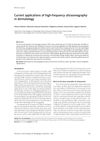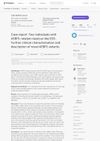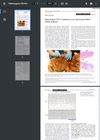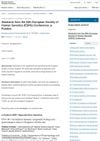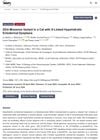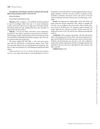Expanding the Clinical and Mutational Spectrum of Recessive AEBP1-Related Classical-Like Ehlers-Danlos Syndrome
February 2019
in “
Genes
”
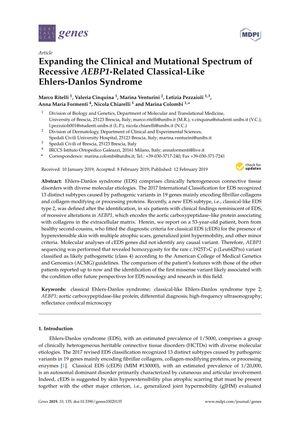
TLDR The study concludes that mutations in the AEBP1 gene can cause a form of Ehlers-Danlos syndrome and should be considered in diagnosis.
The document presents a case study of a 53-year-old patient who displayed symptoms of classical Ehlers-Danlos syndrome (cEDS) but did not have mutations in the common cEDS genes. Further genetic testing revealed a homozygous rare variant in the AEBP1 gene, c.1925T>C p.(Leu642Pro), which was classified as likely pathogenic. This expands the understanding of recessive AEBP1-related classical-like EDS. The patient's symptoms included skin hyperextensibility, atrophic scarring, and joint hypermobility, among others. The study also found increased epidermal thickness and decreased dermal thickness in the patient's skin, indicating skin aging due to the AEBP1 defect. The findings suggest that AEBP1 mutations contribute to the genetic diversity of EDS and that AEBP1 should be considered in the diagnostic process for cEDS when a recessive inheritance pattern is suspected. The study calls for more research to characterize the AEBP1-related phenotype and to understand the gene's role in EDS pathophysiology, with the aim of identifying therapeutic options. The authors note that a larger cohort of patients is needed to confirm their observations.
